Computer Slow After Sleep: 8 Simple Fixes
Sleep mode is a good way to keep power consumption low, but if your computer is slow after sleep, it’s time to do some troubleshooting.
When my PC became slow after waking up from sleep mode, I discovered several problems that can easily be fixed. Here’s what I discovered about why this issue occurs and how you can fix it too.
Why is my computer slow after sleep mode?
Here are the most common causes for a slow computer after waking up:
Background Processes – After waking up from sleep, some applications and processes may take time to resume or refresh. Sometimes, new processes will start based on startup rules and individual software settings.
Using Hybrid Sleep Mode – Hybrid Sleep is a feature that combines Sleep and Hibernate modes. This can sometimes cause conflicts leading to slower wake up times and performance.
Incorrect Power Settings – Power settings can be troublesome and don’t always work well with particular hardware setups. Incorrect power settings might cause the computer to struggle when waking up from sleep mode.
Outdated Drivers – Outdated or incompatible device drivers, especially for graphics or network components, can cause performance issues after waking up from sleep. This is a known issue with some NVIDIA cards.
Aging Hard Drive – An aging hard drive may struggle after sleep mode because it needs to spin and kick into gear. If the hard drive is starting to fail or has bad sectors, this will only worsen the problem and can cause system corruption.
Malware – Malware and viruses can affect all aspects of Windows, including the sleep mechanism. It can also overwhelm system resources, causing performance issues.
System File Corruption – Whether caused by malware, a failing hard drive, improper shutdowns, or failed Windows updates, corruption to the system files may result in slow PC performance after sleep.
How to fix a slow computer after sleep
Ruling out serious hardware issues, follow these simple steps to speed up your computer and fix any sleep mode errors:
1. Run a Malware Scan
Never underestimate the power of viruses and malware to hide in the system and cause performance issues. Before doing anything else, make sure to run a full system scan with Windows Virus & threat protection or your chosen antivirus program.
2. Check for Windows Updates
Windows Updates provide important security and performance patches that may play a role in sleep mode problems. Moreover, if a previous Windows update failed or was otherwise interrupted, this itself can cause system corruption.
1. Type update into the start menu search bar a click the Check for updates results.
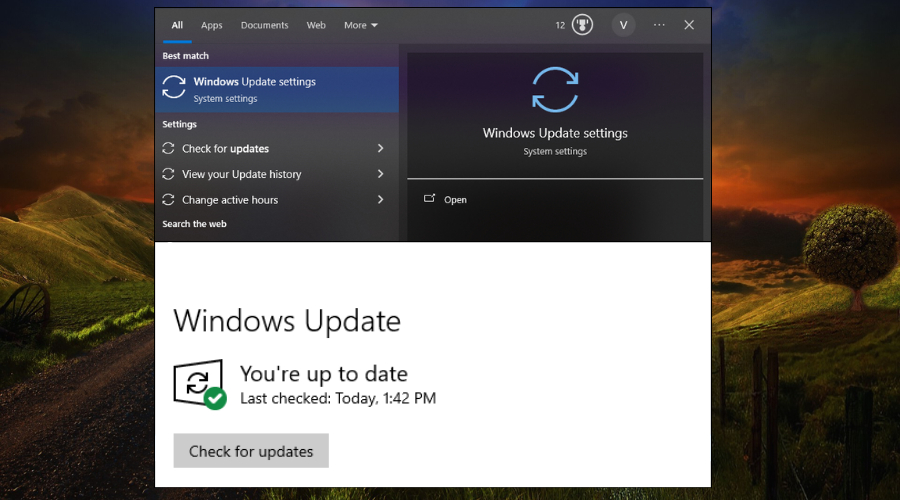
2. In the update Window, click Check for updates or resume a failed update.
3. Your computer may restart to complete the update, so do not interrupt this process.
3. Disable Hybrid Sleep Mode
To disable Hybrid Sleep Mode:
1. Type power into the start menu search bar and select Power & sleep settings.
2. In the Power Options window, you will see a list of power plans. Choose the one that is currently active or click on Change plan settings next to the plan you want to customize.
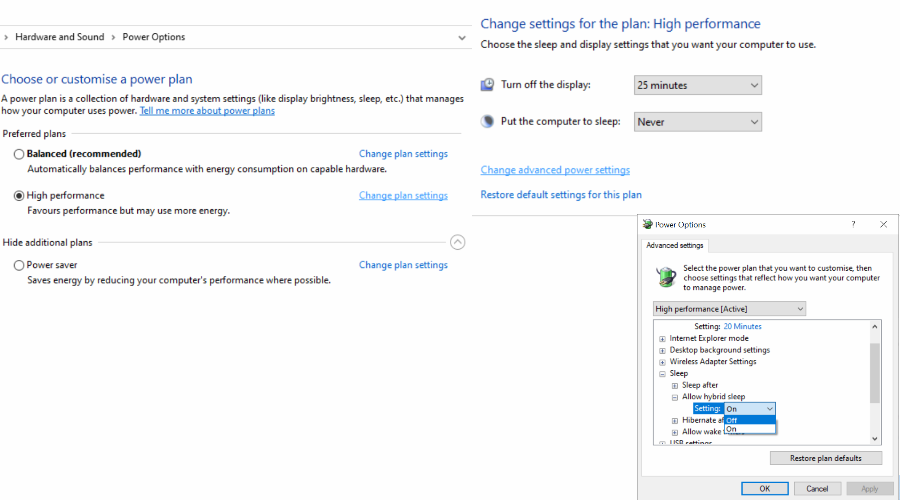
3. Select Change advanced power settings and expand the Sleep category.
4. Toggle off Allow hybrid sleep for both On Battery and Plugged in.
5. Apply the new settings before exiting.
4. Reset Power Settings
To reset your power settings to the Windows default:
1. Type CMD into the start menu search bar and open the Command Prompt as Administrator from the options on the right.
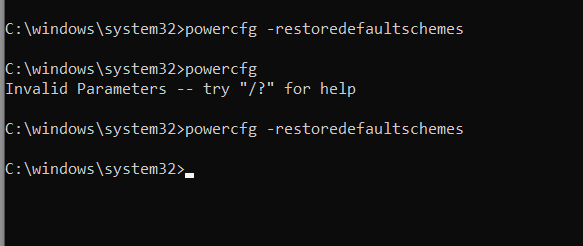
2. Enter the command powercfg -restoredefaultschemes and press Enter.
3. Restart your computer.
5. Update Drivers
If drivers, particularly for the graphics card, are the issue, you should check for updates.
1. Use your device’s software utility to check for updates. E.g., NVIDIA GeForce Experience.
2. Alternatively, go to the manufacturer’s site and download the latest drivers for your make and model.
3. Type Device in the start menu search bar and open the Device Manager.
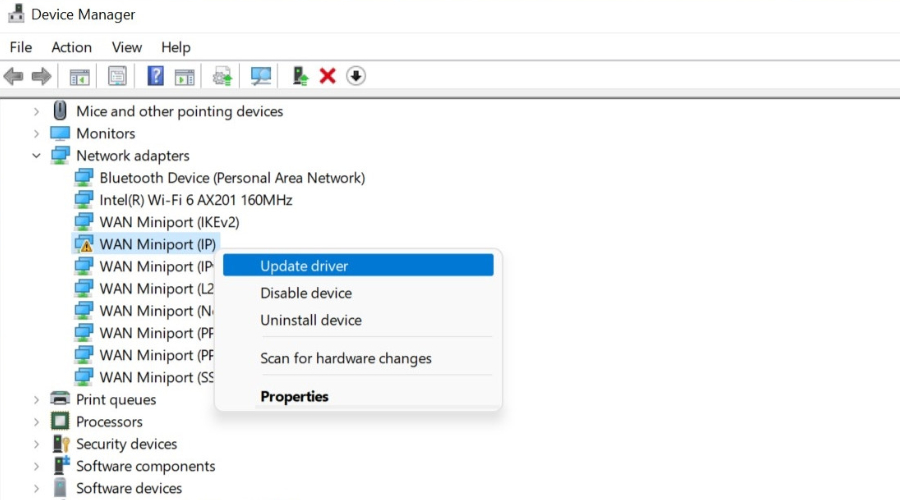
2. Look for yellow warnings that indicate a driver needs addressing.
3. Right-click on the device and select Update driver.
4. Browse to the driver files you downloaded from the manufacturer’s website or let Windows search automatically.
5. Restart your PC.
6. Use Fortect
Fortect is the perfect solution if the problem is caused by system corruption because it replaces missing or damaged Widows files with clean copies from its database. Fortect also fixes broken registry entries, which may relate to sleep mode and your graphics card.
1. Download and Install Fortect on your PC.
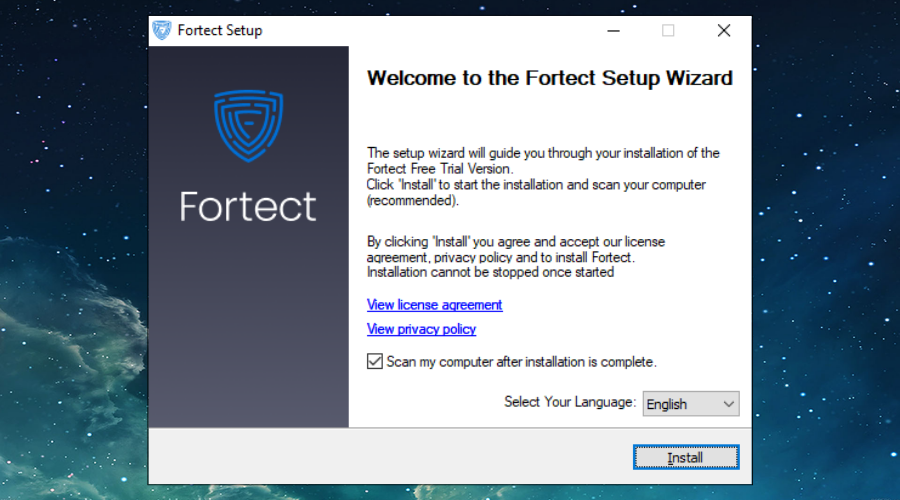
2. Click the big start scan button to do a quick 2-minute system scan.
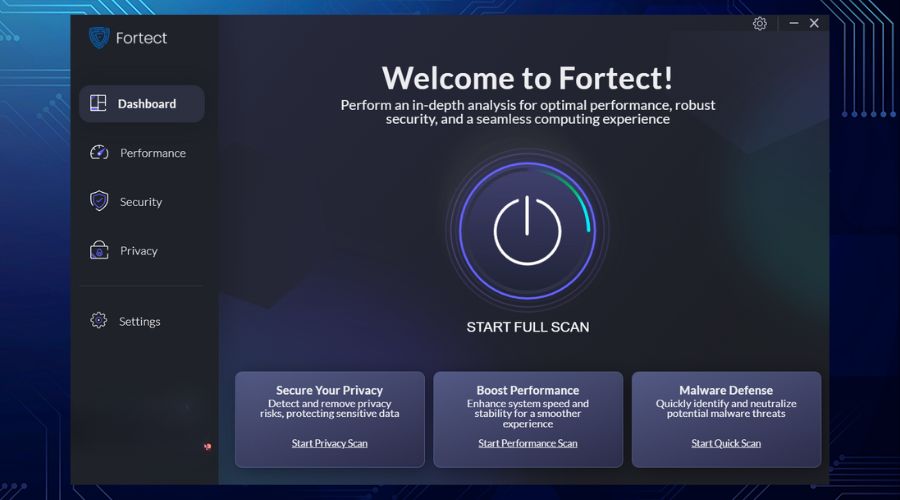
3. Click on Start Repair to repair all problems.
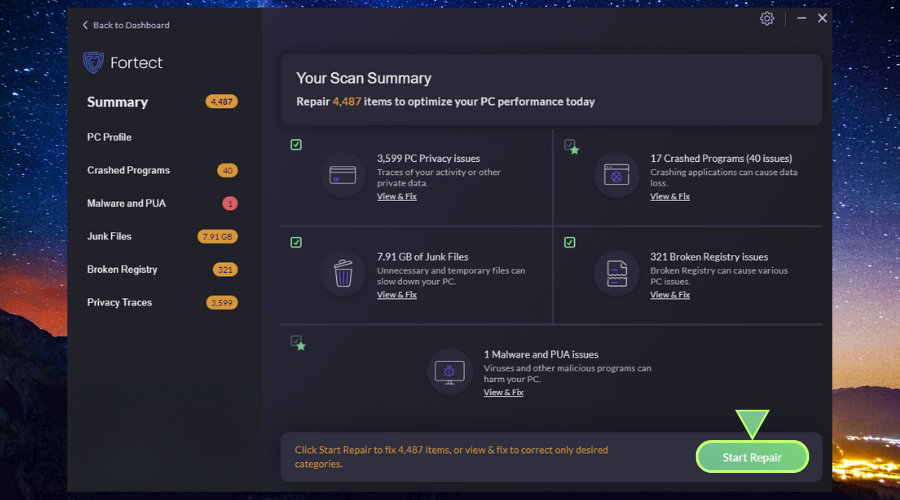
Fortect also helps identify potentially malicious software, clears out junk files, and gives a hardware summary. Overall, it will help bring your computer back to optimal performance.
7. Disable Sleep Mode Entirely
If sleep mode is not absolutely necessary, you can simply set your PC to never sleep at all.
Go to Settings > Power & sleep and choose never for both options.
8. Use System Restore
If your computer only recently became slow after sleep, there may be some system settings or files that have changed without you realizing. By loading a restore point from before this occurred, you can fix the problem.
1. Use the start menu search bar and type restore to locate the Create a restore point tool.
2. From the Recovery window, click Open System Restore.
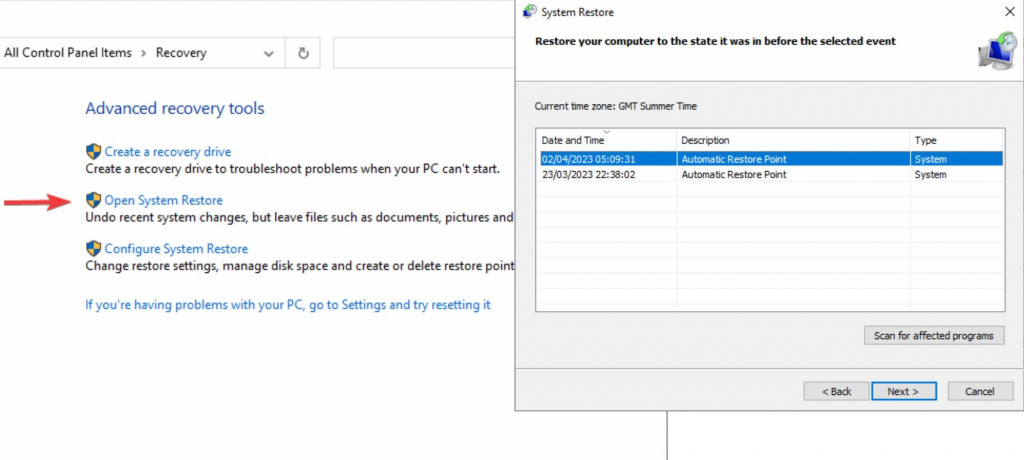
3. Choose a restore point date prior to the sleep problem.
4. Your PC will restart to complete the process.
Computer Slow After Sleep: Final Tips
In most cases, the above methods will resolve any slowness after waking up from sleep mode. Regularly running a Windows repair tool like Fortect will also help maintain system health long-term.
However, if your hard drive or GPU are particularly old, it may be time to consider an upgrade.




